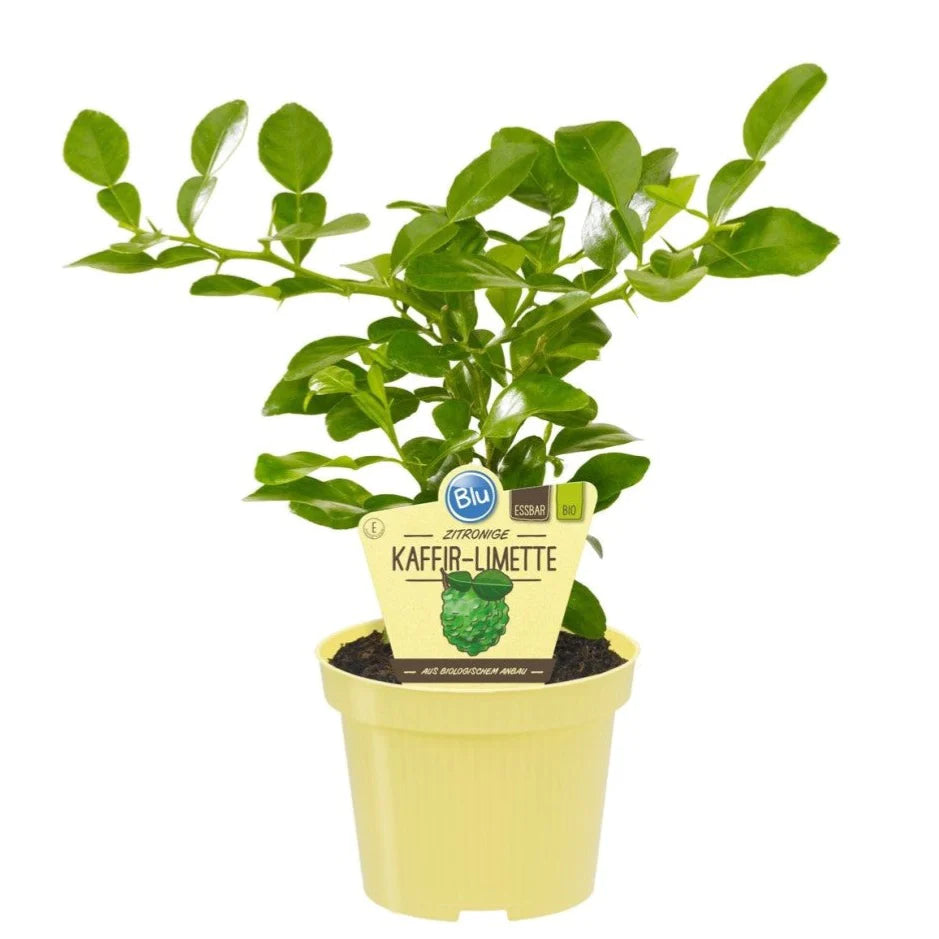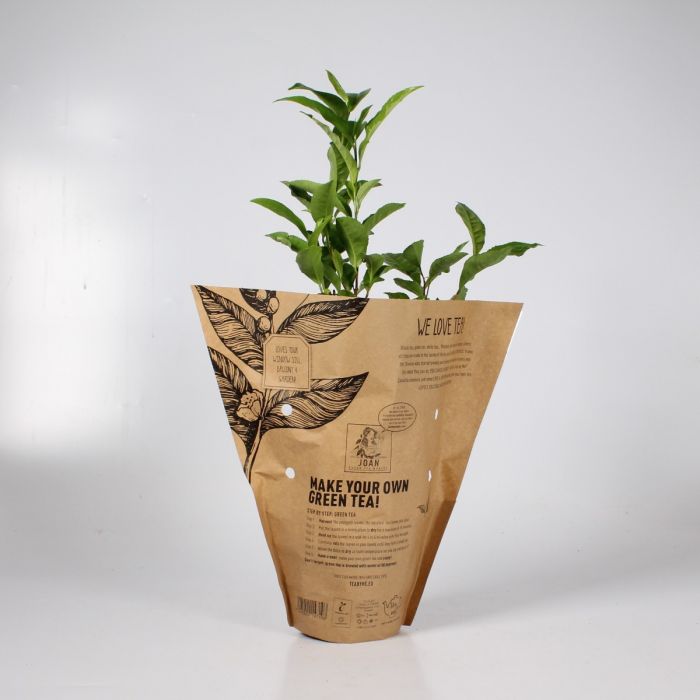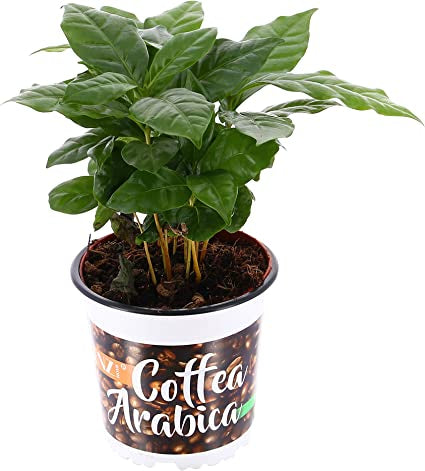Your Cart is Empty
FREE DELIVERY OVER £60
FREE DELIVERY OVER £60
PLANTS & FLOWERS
Office plants & Services
EXTERIOR PLANTING
CHRISTMAS TREES AND DISPLAYS
Advice on selecting the right air plants for different rooms in the home
2 min read

Choosing the right air plants for different rooms in your home can depend on various factors, including light conditions, humidity levels, and the overall design aesthetic. Here are some tips to help you select the perfect air plants for different areas of your home:
-
Living room: In general, living rooms receive moderate to bright indirect light, making them suitable for most air plant species. Choose plants that complement the room's design style, and consider eye-catching displays such as hanging arrangements or terrariums to serve as conversation starters.
-
Kitchen: Kitchens often have fluctuating humidity levels due to cooking, making them suitable for air plants that thrive in higher humidity. Tillandsia bulbosa, T. caput-medusae, and T. fuchsii are great options for kitchens. Place them near a window with indirect light or under artificial light.
-
Bathroom: Bathrooms typically have higher humidity levels, making them ideal for moisture-loving air plant species like Tillandsia stricta, T. tricolor, and T. pseudobaileyi. Make sure your bathroom has enough natural or artificial light, and avoid placing air plants in direct contact with steam or water droplets.
-
Bedroom: Bedrooms can have varying light conditions, so choose air plant species that can adapt to the specific light levels in your room. Tillandsia ionantha, T. brachycaulos, and T. juncea are versatile options. You can create calming displays using hanging glass orbs or small terrariums on nightstands.
-
Home office or study: To create a relaxing environment in your workspace, opt for air plants with unique shapes and textures like Tillandsia xerographica, T. tectorum, or T. streptophylla. Ensure they receive adequate light from windows or artificial sources, and consider placing them on shelves or in desktop displays.
-
Outdoor spaces (balconies, patios, or porches): If you want to incorporate air plants in covered outdoor areas, select species that can withstand higher light exposure and fluctuations in temperature and humidity. Tillandsia aeranthos, T. bergeri, and T. schiedeana are good options for outdoor spaces.
When selecting air plants for specific rooms, consider the following factors:
- Light conditions: Assess the natural and artificial light sources in each room and choose air plants that can thrive in those conditions.
- Humidity levels: Different air plant species have varying humidity preferences. Select plants that can adapt to the room's humidity levels, and adjust your watering routine accordingly.
- Room temperature: Ensure the room's temperature stays within the range suitable for air plants (50-90°F or 10-32°C), avoiding extreme temperature fluctuations or drafts.
- Design aesthetic: Choose air plant species and display methods that complement the design style and color scheme of each room.
By considering these factors, you can select the right air plants for different rooms in your home, creating a cohesive and harmonious indoor garden.
Related Topics:
If you like the article above, here are some other similar articles you should check out!
Top Air Plant Varieties: Discover the Beauty and Diversity of Tillandsias
Showcasing Air Plants: 15 Creative Ways to Display Your Tillandsias
Leave a comment
Comments will be approved before showing up.
Subscribe
Sign up to get the latest on sales, new releases and more …













































